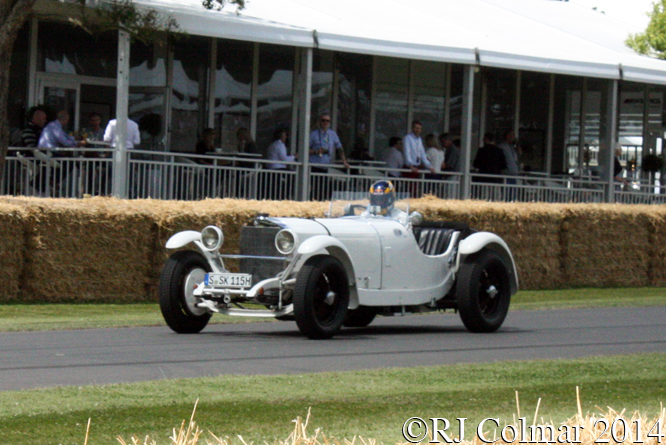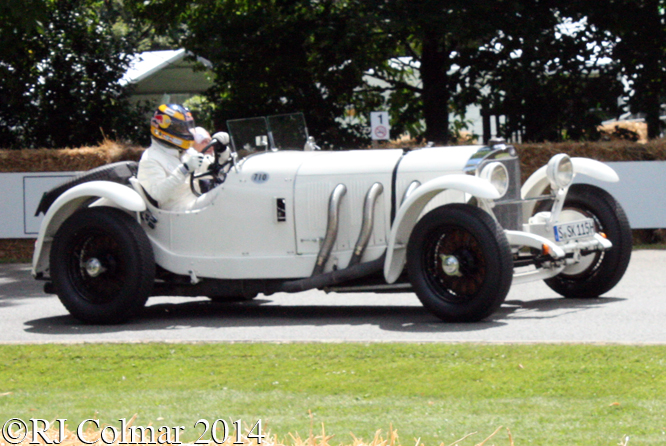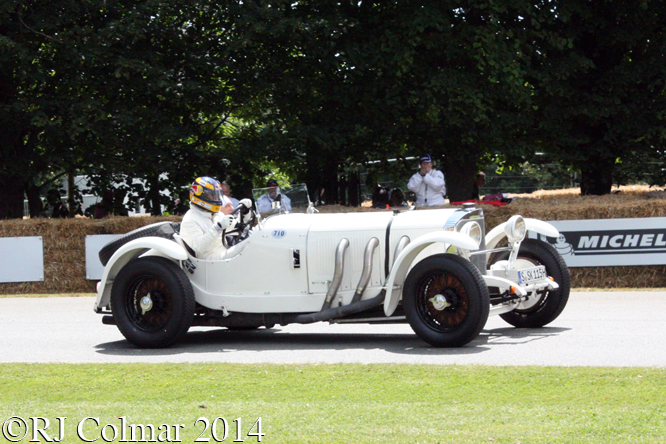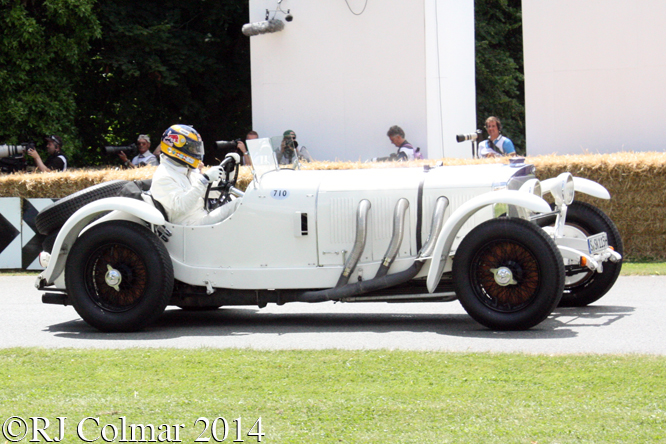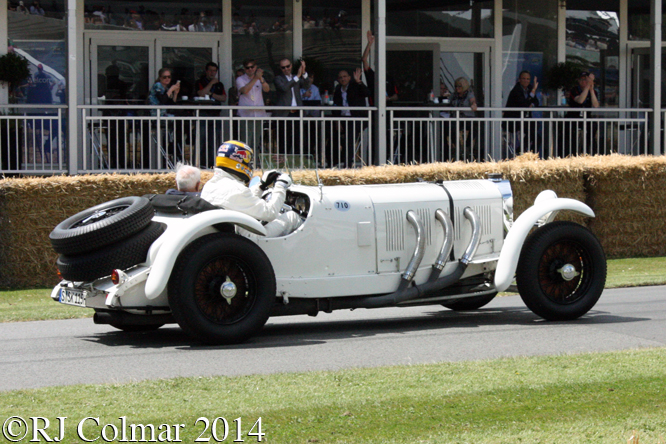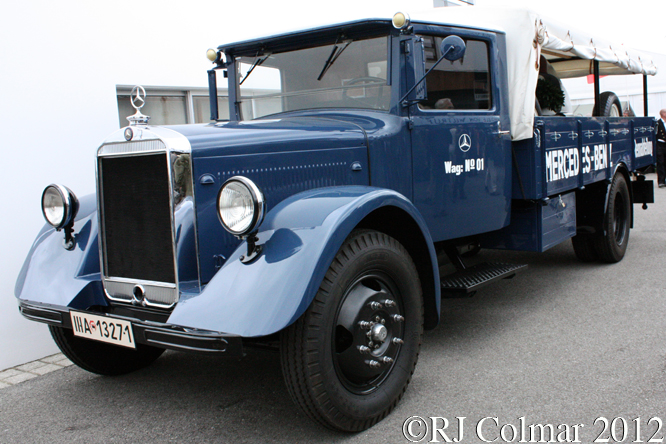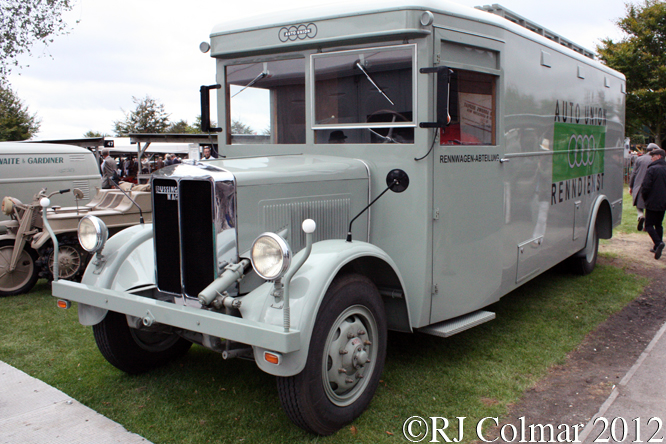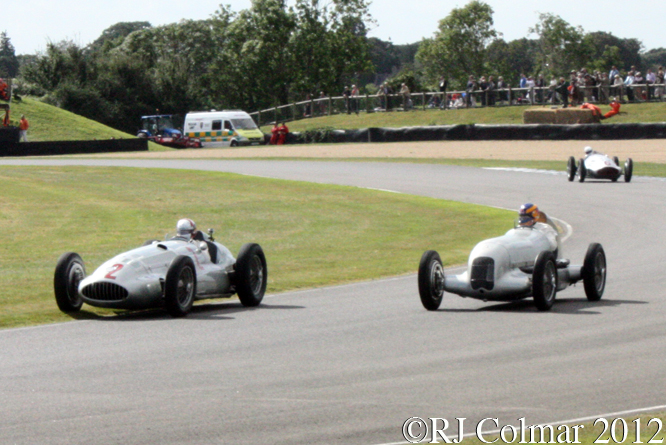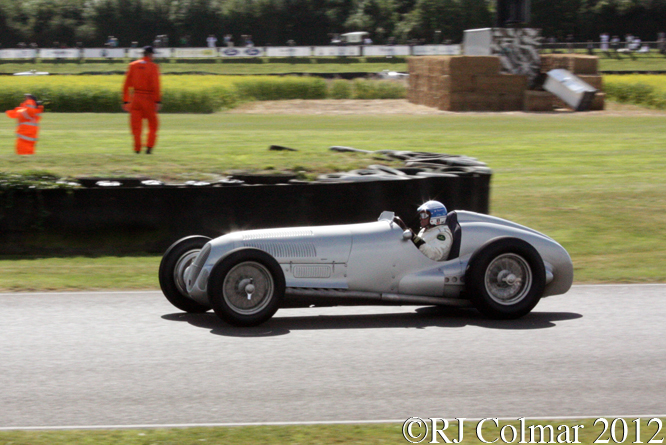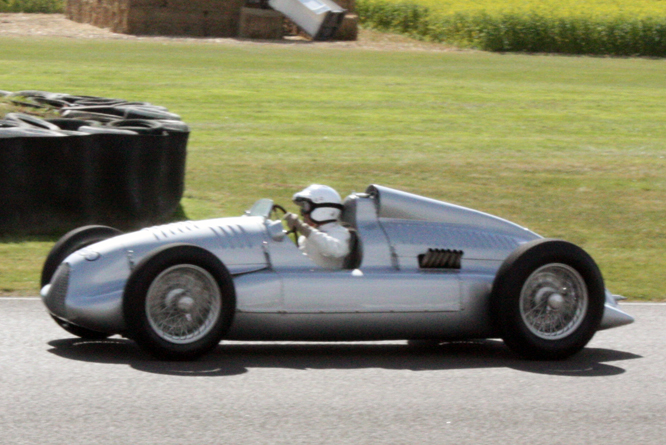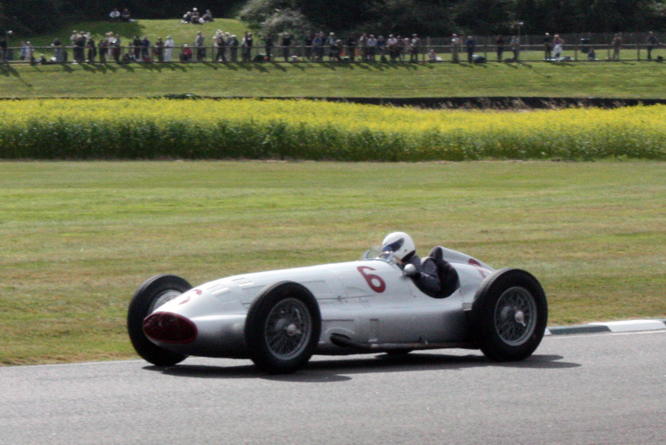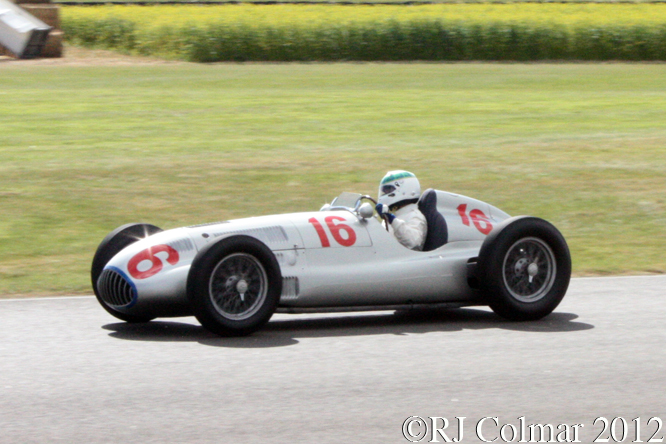When the rules of the Group C Sports cars were ruined for the 1991 season, to the advantage of Formula One, at the behest of Messrs Ecclestone and Moseley to mandate 750kg vehicles to be powered by 3.5 litre / 213 cui motors of the same size as had been introduced to Formula One in 1989 Dr Hermann Hiereth sat down at Mercedes Benz offices in Stuttgart-Ünterturckheim and devised a flat 12 engine with transverse gearbox that lowered the center of gravity compared to the twin turbo V8 design that was being used to power the Group C Sauber C9 and C11 designs for the 1989 and 1990 seasons.
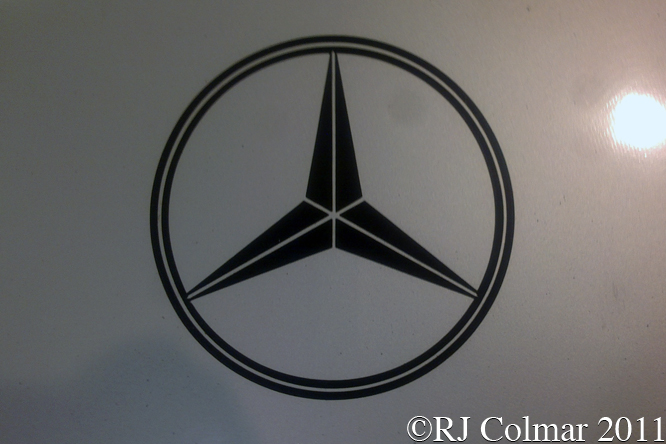
Unfortunately Leo Ress responsible for chassis design at Sauber based in Hinwill, Switzerland was not present at the meeting in Stuttgart when the new engine layout was approved and so he had to make do with a low wide power unit that limited his options for the ground effect venturi that helped to suck the car to the ground as had become de riguer in racing cars since the advent of the Lotus 79 Formula One car.
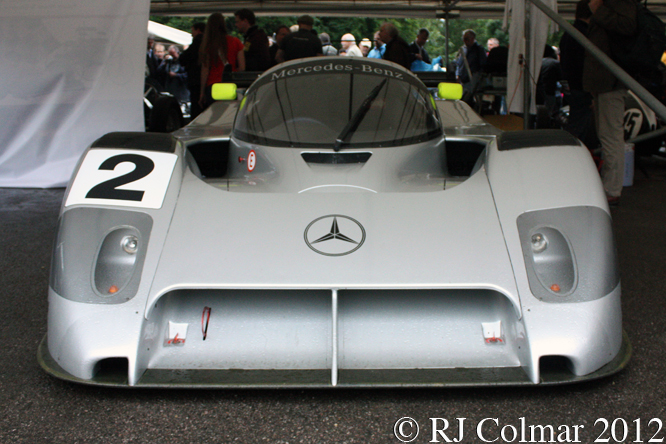
Perhaps as a consequence of these restrictions Leo was left with no choice but to design a car that optimised top speed at the cost of handling, the exact opposite of what his rivals at Jaguar and Peugeot were doing with their V8 and V10 powered challengers.
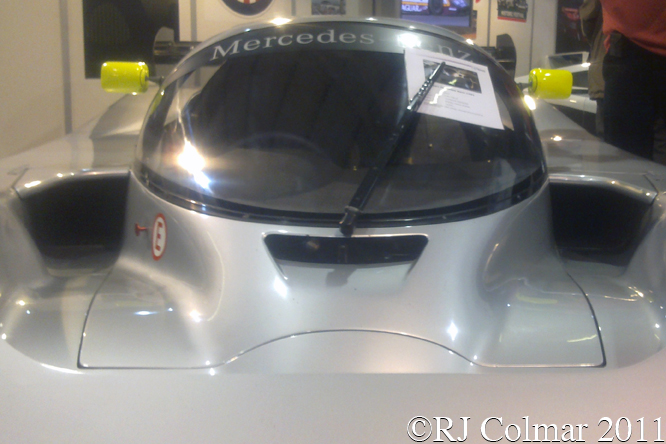
The overweight C291 driven by 22 year old rising stars Karl Wendlinger and Michael Schumacher retired from it’s first race at Suzuka after starting from 3rd on the grid and catching fire during the race after the fuel filler jammed partially open during a pit stop, at Monza the engine failed on the grid from which it was to have started 6th and again during the race which it started one lap down.
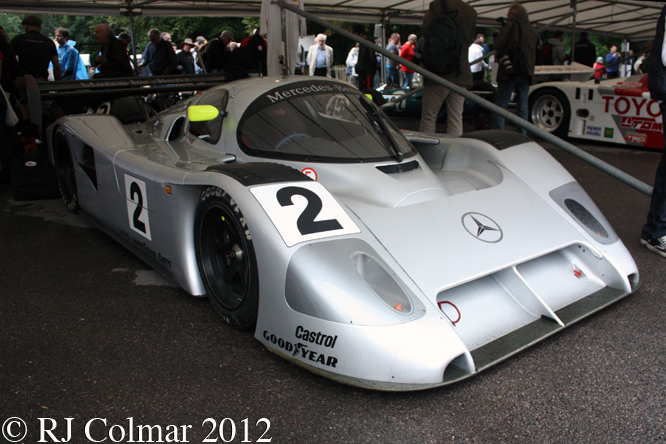
The youngsters recorded an excellent 2nd place finish 1 lap down on the winning Jaguar XJR14 driven by Teo Fabi and Derek Warwick at Silverstone, before a disgraceful lap of 6m 55.969s convinced the team to stick with the heavily ballasted, to the mandated 900kg, but reliable C11 model for the Le Mans 24 Hours.
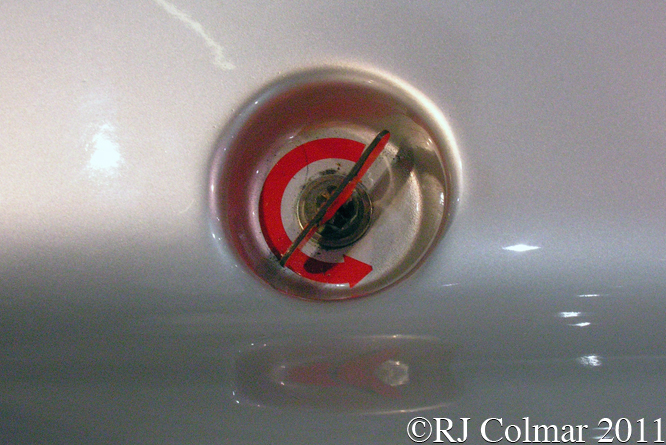
At the Nurburgring two C291’s were entered with Jean Louis Schlesser and Jochen Mass qualifying 6th right behind the sister car driven by Wendlinger and Schumacher, both cars retired gearbox and engine failure respectively.
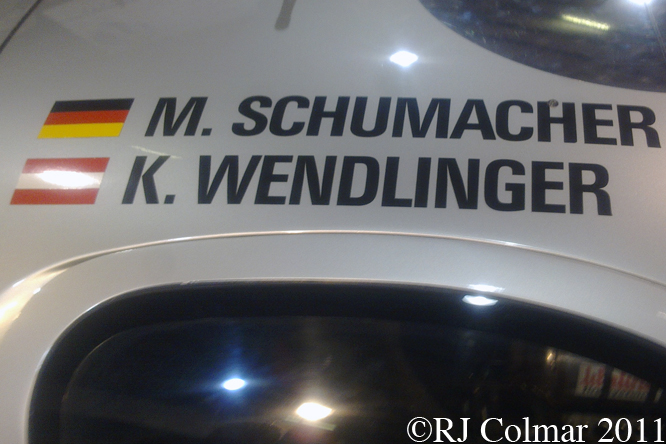
The two C291 cars qualified in the same order at Magny Cours as in Germany 6th and 3rd respectively, but retired with a broken throttle linkage and water leak respectively.
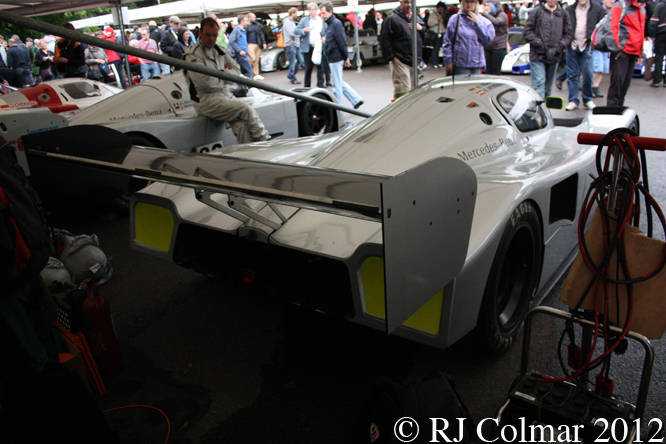
Little changed in the C291’s fortunes in Mexico where Wendlinger and Schumacher qualified 2nd but failed to finish due to oil pump problems and where Schlesser and Mass retired from 6th on the grid with electrical issues.
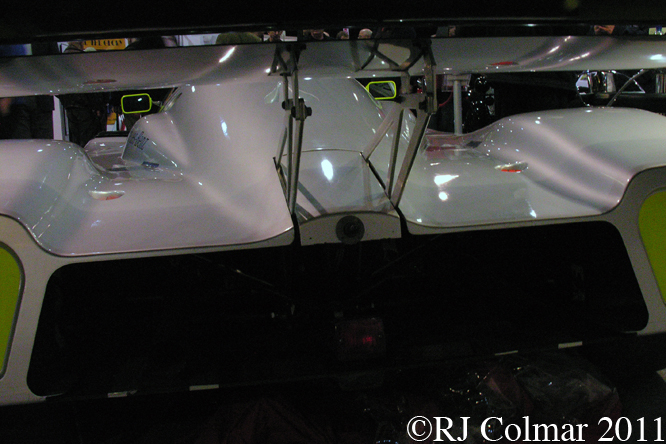
The C291’s final appearance was at Autopolis in Japan where against form Jean Louis and Jochen translated a 7th place start to a fifth place finish and even more remarkably Karl and Michael translated a sixth place start in to a win.
Much as Ecclestone and Moseley had hoped Mercedes Benz abandoned Group C at the end of the season and entered the Formula One fray as an engine supplier initially to Sauber for whom Karl continued to drive.
Micheal of course after a one off appearance in a Jordan moved to the Benetton Formula One team with whom he won the first two of his eventual seven world championships.
Le Mans was as usual left to pick up the pieces wrought by the wreckless legislation promoted by Moseley and Ecclestone.
At the time of writing it is not exactly clear which C291 belongs to Andrew Haddon who is believed to be the owner of the car shown in these photo’s taken at Race Retro and Goodwood Festival of Speed some years ago.
Thanks for joining me on this “Lowering The Centre Of Gravity” edition of “Gettin’ a li’l psycho on tyres” I hope you will join me again tomorrow for another raucous Mazda Monday. Don’t forget to come back now !


